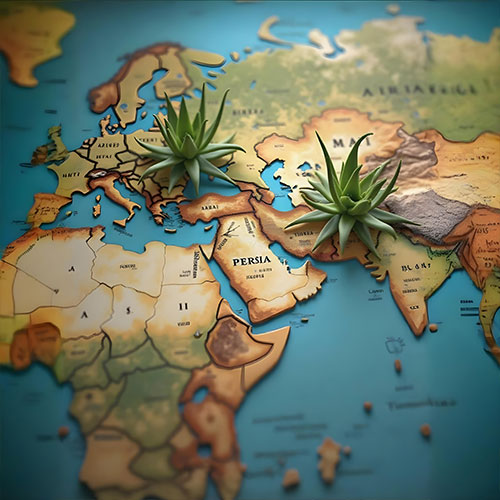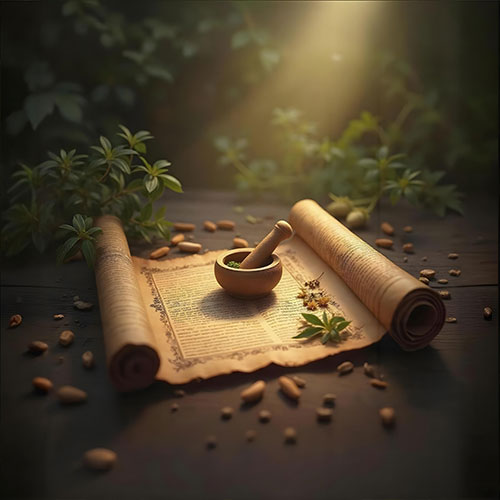






Aloe vera, affectionately known as Kumari in Ayurveda, is a plant that has captivated hearts and minds across the globe for centuries. Its rich history, remarkable healing properties, and versatile uses make it a true wonder of nature. From its roots in ancient medicine to its modern-day applications, Kumari has proven to be more than just a plant—it is a symbol of natural healing, rejuvenation, and wellness. Join us as we explore the many faces of Kumari, from its regional names and global journey to its deep connection with Ayurveda and scientific classification.
Kumari, known as Aloe vera, is far more than just a hardy desert plant. Its lush green leaves, which sparkle with dew in the early morning sun, represent resilience, vitality, and the promise of healing. Globally cherished for its therapeutic properties, Aloe vera’s rich history spans continents and cultures, from ancient civilizations to modern times. Celebrated for its versatility in skincare, digestive health, and wound healing, Aloe vera has earned its place in the hearts of those seeking natural remedies. Its global reach has solidified Kumari as a symbol of healing, revered across the world for its ability to rejuvenate and restore.
Kumari is known by many names, each reflecting its significance in different cultures and regions. In India, Aloe vera is affectionately referred to as Ghikanvar in Hindi, while in Persia, it is called Darakhte Sibra. These names not only highlight the cultural importance of the plant but also bridge the gap between Ayurveda and modern science. In each region, Aloe vera is celebrated for its healing properties, offering solutions for a wide range of health concerns, from skin care to digestive health. Whether it’s used as a natural remedy or a rejuvenating skincare ingredient, Kumari’s presence is felt far and wide, making it a true herbal treasure
Kumari's journey through the world is as rich and varied as its uses. Known as Sabbarat in Arabic and Darakhte Sibra in Persian, Aloe vera’s legacy in traditional medicine stretches back thousands of years. The plant was valued for its healing properties in ancient Arabia, Persia, and India, where it was used for everything from skin treatments to digestive aids. Its global journey reflects its universal appeal and the timeless belief in its therapeutic benefits. Across the world, Aloe vera continues to be a cherished herb, revered for its natural healing power and rejuvenating properties.
Aloe vera, though not explicitly mentioned in ancient Ayurvedic texts such as Charaka and Sushruta, has long been regarded as an Ayurvedic treasure. The plant’s Arabic name, Alloeh, meaning “shining bitter substance,” signifies its bright healing properties and bitter taste. In Ayurveda, Aloe vera, or Kumari, has been treasured for its rejuvenating effects on both the skin and internal health. Known for its ability to cleanse, soothe, and rejuvenate, Aloe vera continues to play a vital role in Ayurvedic medicine. Its therapeutic benefits are as relevant today as they were centuries ago, making it a timeless symbol of health and wellness.
From an academic perspective, Aloe vera, or Kumari, is classified under the kingdom Plantae, within the class Monocotyledons, and the family Liliaceae. The genus Aloe and species Vera place Kumari firmly within the botanical realm as a monocotyledonous plant, a classification that further highlights its uniqueness. The gel extracted from Aloe vera’s leaves is packed with bioactive compounds, including antioxidants, vitamins, and enzymes, that make it a powerful natural remedy. Scientifically, Aloe vera continues to be studied for its potential health benefits, offering new insights into its therapeutic properties and cementing its place as a botanical wonder.
Kumari, or Aloe vera, is a plant that transcends time and borders. Its journey from ancient civilizations to modern science reflects its enduring power and relevance in healing. From its regional names to its roots in Ayurveda, Aloe vera continues to be celebrated for its remarkable versatility and healing properties. Whether cherished for its rejuvenating effects on the skin, digestive health, or overall vitality, Kumari remains a timeless treasure in the world of natural healing—a true testament to the wonders of nature.